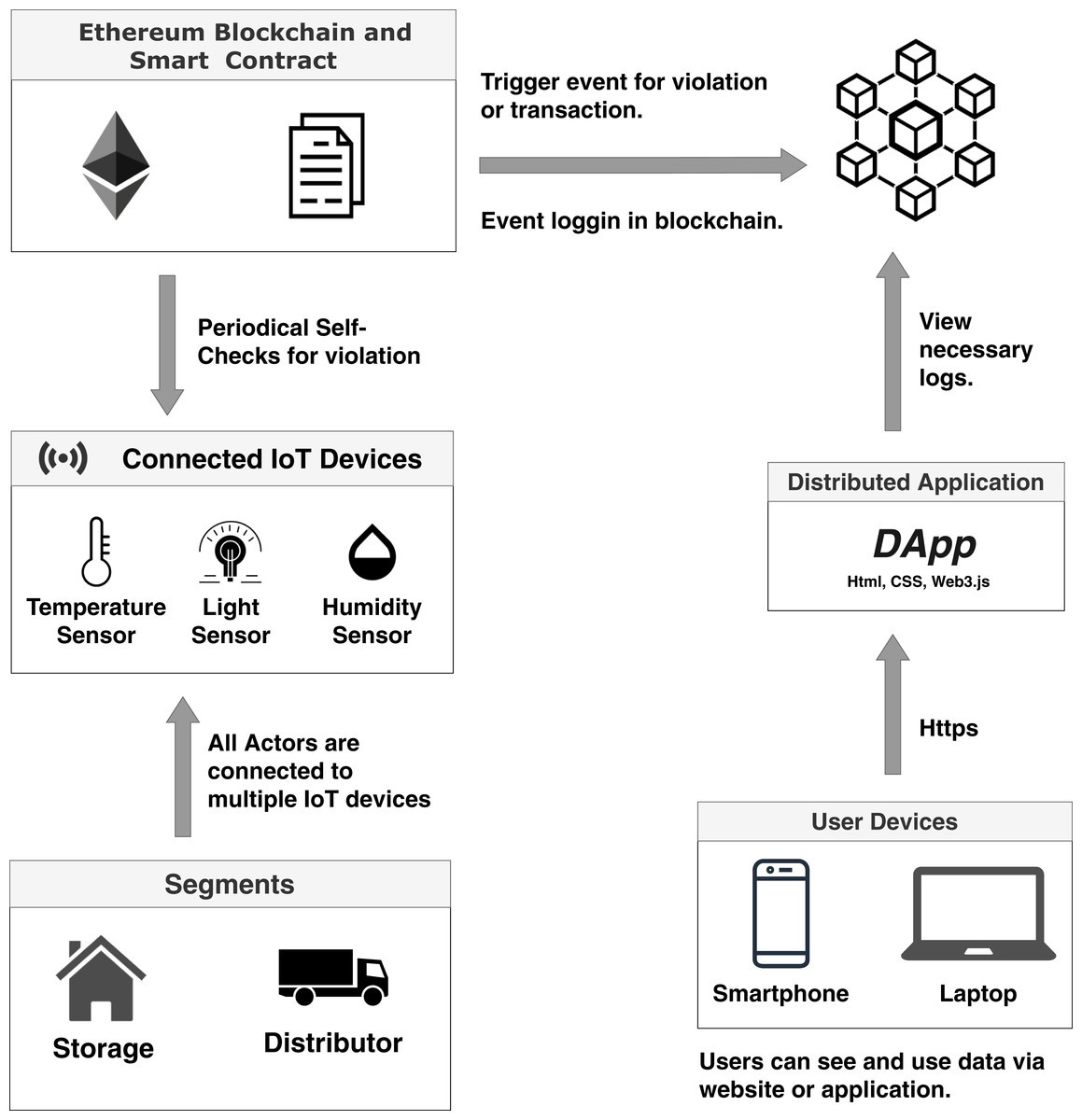

Most notable are the WebAssembly System Interface (WASI), that is creating a standard system-level interface, and the recently launched Bytecode Alliance, which has a broad goal of creating a “secure-by-default WebAssembly ecosystem for all platforms”. There are also a growing number of specifications and industry groups looking to extend the capabilities of WebAssembly outside of the browser. Its features a security sandbox, simple instruction set, a lack of built-in I/O operations, language and vendor agnostic have resulted in it being used as a lightweight runtime for cloud functions, an execution engine for smart contracts and even as a standalone runtime. Since the launch of WebAssembly in 2017 there has been growing interest in using this technology “outside” of the browser. At runtime it interoperates with a “host” environment that implements the required interfaces a web browser is just one such host.

If you’re new to WebAssembly, I’d thoroughly recommend reading Lin Clark’s cartoon guide, which provides a highly visual explanation of what it is and why we need it!ĭespite having “web” in the name, there is nothing web or browser specific about WebAssembly. It provides predictable runtime performance, and is much easier for browsers to decode and compile than JavaScript equivalents. WebAssembly, as the name suggests, is a new low-level language and runtime for the browser that is a compilation target for a wide range of modern programming languages. Just two years later the first version of this runtime was released and implemented in all major browsers. In 2015 work started on WebAssembly, with engineers from Google, Microsoft, Mozilla and Apple working together to create a new runtime for the web. This post looks at the creation of a simple meetup-style event with ticket allocation governed by a smart contract written in JavaScript. In this blog post I explore just one example, the use of WebAssembly as a smart contract engine on the blockchain.


WebAssembly, despite the name, is a universal runtime that is finding traction on a number of platforms beyond the web.


 0 kommentar(er)
0 kommentar(er)
